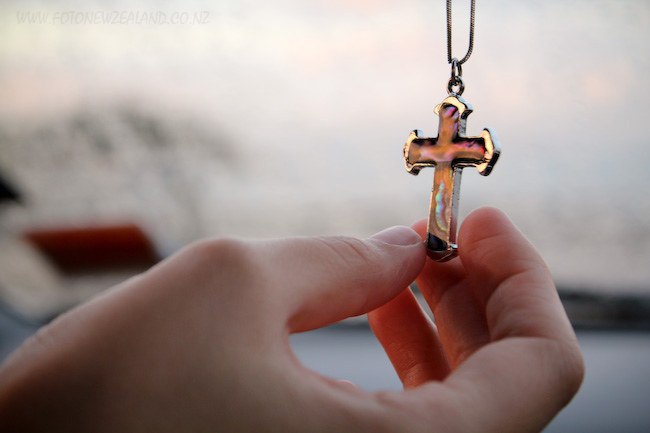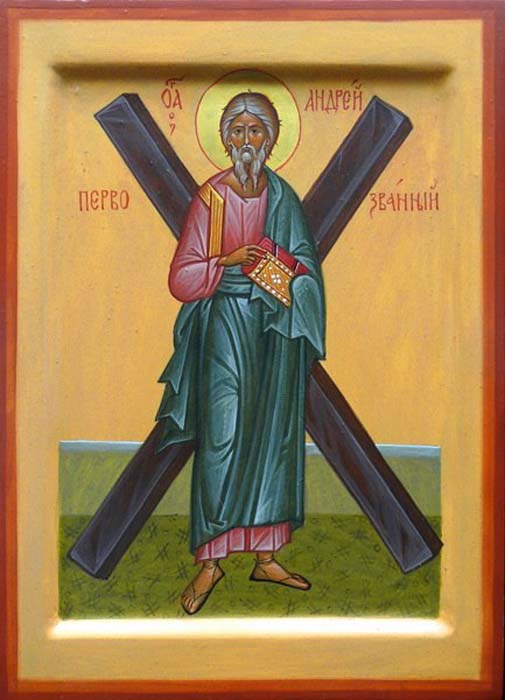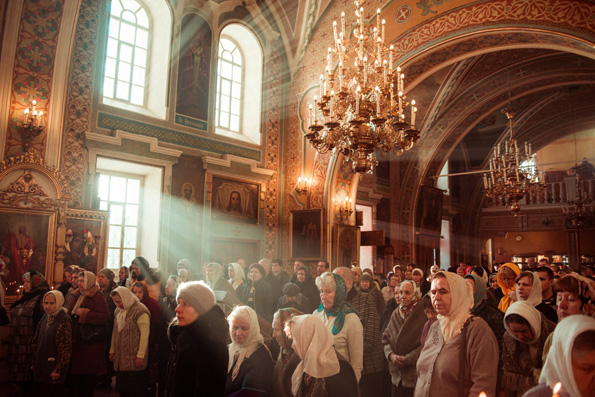News
Nowadays, icons are almost everywhere: in homes, offices, automobiles and shops. Of course, unfortunately, not all owners of icon-painting images understand the meaning of placing the icon and what should be done with it. Therefore, we decided to help all visitors to our website not only to purchase an icon quickly and easily, but also to figure out how to treat icons properly. For reaching this goal, we have prepared answers to the most frequently asked questions about icons.
Icons are not only the images used for the prayer to God, but also the objects that often have not only sacral, but also historical or personal value. For example, an icon written three hundred years ago may be valuable due to its style of writing or whoever has written it. A family image, handed down from generation to generation, may have no cultural value, but be very important for an individual family or genus. If valuable ancient icons are preserved in museum or private collections, in the second case the question always arises, what to do with old icons?
Wearing a cross is one of the most obvious signs that a person is a Christian. For a believer, he becomes a personal shrine, which he keeps to himself throughout his life.
Baptism can be called the first church sacrament of a believer, because it is a symbol of renunciation of sinful life and entry into the community of salvation - that is, the Church.
The answer to the question of what icons should be in the house should begin with a clarification that in Orthodoxy there are no rules that would determine how many and which icons should be in the house of the believing person. Usually, in the house of an Orthodox person there are icons of the Trinity, the Savior, the Virgin and the most revered saints.
In our time, the process of making icons has become much simpler. Thanks to the development of new technologies and techniques, icons were made faster and easier. In particular, as a result of this, more different kinds of icons have appeared, among which one can meet, for example - icons of amber or relief icons made of metal, the method of manufacturing of which differs greatly from the classical one.
The nominal icon is an icon with the image of a saint, after whom the believer received a name at baptism.
In the Orthodox tradition, it is very common to dress icons in metal salaries, which can also be called rhizomes. The icon's salary does not have any liturgical meaning, but simply is an overhead decoration that covers the entire icon board apart from the place where the saint is depicted.
In Orthodox churches, as a rule, you can see many icons. This is primarily an icon of the temple or icon of the festive rank, lying on the analo in the center of the temple and the image of the saints. A separate composition of images is the iconostasis, in which in several rows are placed the icons of the Lord, the Virgin, revered in the church of the saints, apostles and prophets.

.jpg)
.jpg)


.jpg)






